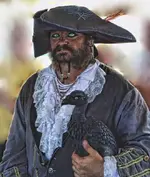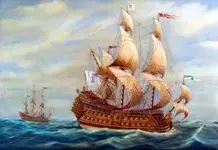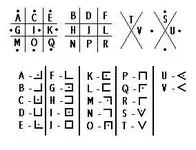gjb
Sr. Member
- #21
Thread Owner
Although you do not state “Who” was the Master Mind and Benefactor behind the construction of the Oak Island Money Pit…a large portion of your research points to “Captain William Kidd”.
Building the extensive workings of Oak Island with his limited skills, knowledge and loyalty from his crew would have been very difficult.
Your post seems like a fair brief outline and assessment of the case for (against) Captain Kidd.
I see you're a keen believer in the Siege of Havana as a setting, which seems to me one of the better scenarios, but not without problems of its own. The British military as a background would appear to overcome many of the difficulties.
The killer in all this is the apparent lack of public record, which leads so easily into conspiracy theory: somebody managed to destroy all the orders, and suppress all letters and diary entries, and nobody appears to have whispered word of the affair to someone else.
It’s possible to find 18th century British military buttons and cap badges simply detecting at old inns and staging posts. Why not here? They apparently found 17th and 18th century coins on the island from a few fairly random passes.
Maybe it’s time to get a crew of local detectorists to mark out and systematically field walk areas at the east of the island, plotting the results. That would make for a few outings: vegetation, safety and security permitting! They could at least do all the beaches.
I've not heard of this having been done before, but it would be interesting to know the range and nature of the finds, and any close groupings. The 19th and 20th centuries should be fairly well represented, but the period before this ..?








